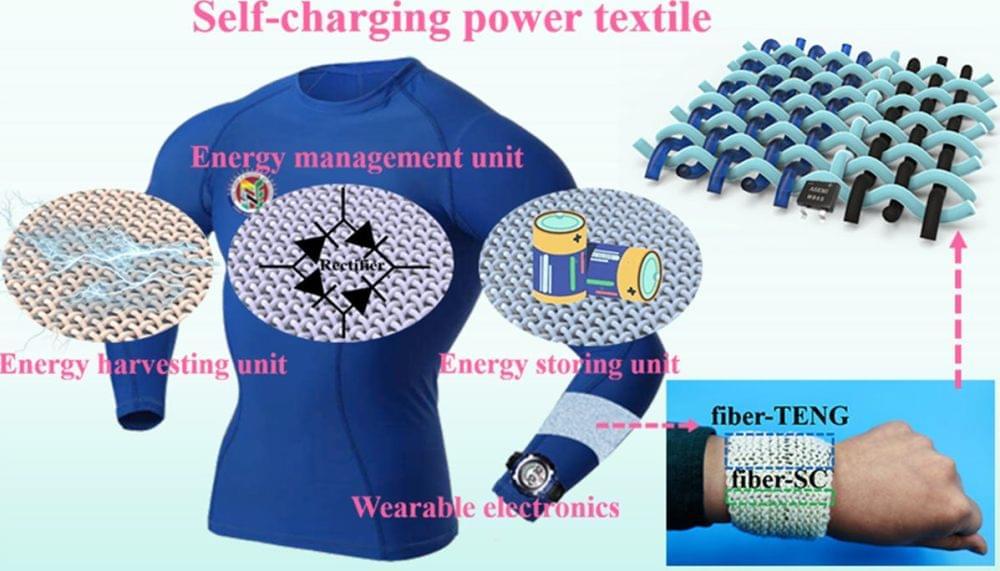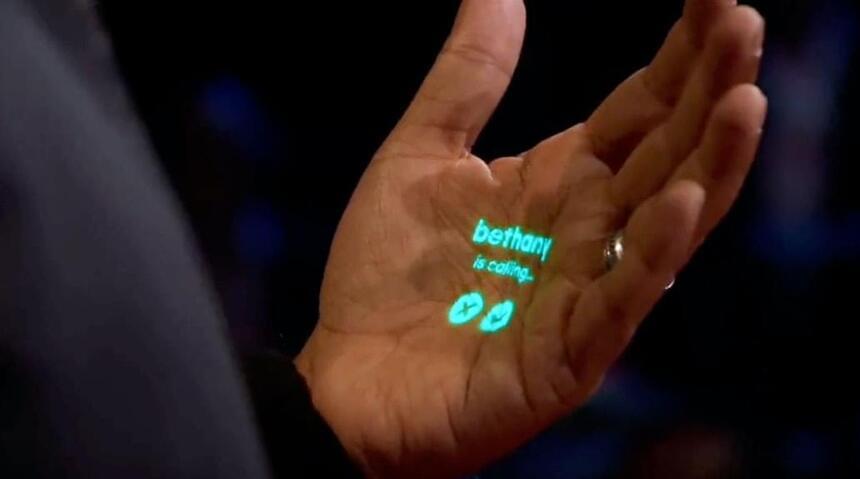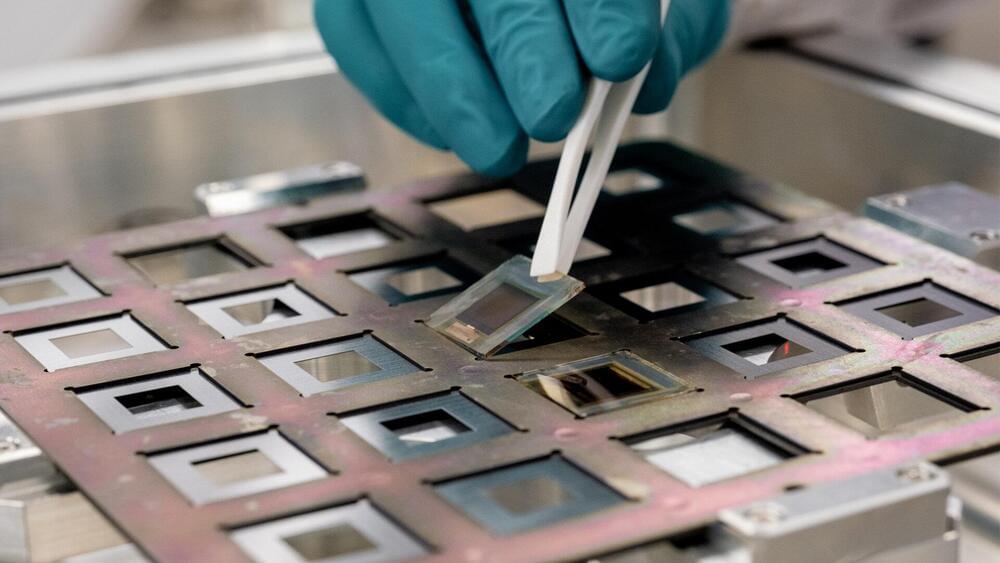Jun 24, 2023
Wearable energy harvesting-storage hybrid textiles as on-body self-charging power systems
Posted by Omuterema Akhahenda in categories: energy, nanotechnology, sustainability, wearables
The rapid development of wearable electronics requires its energy supply part to be flexible, wearable, integratable and sustainable. However, some of the energy supply units cannot meet these requirements at the same time, and there is also a capacity limitation of the energy storage units, and the development of sustainable wearable self-charging power supplies is crucial. Here, we report a wearable sustainable energy harvesting-storage hybrid self-charging power textile. The power textile consists of a coaxial fiber-shaped polylactic acid/reduced graphene oxide/polypyrrole (PLA-rGO-PPy) triboelectric nanogenerator (fiber-TENG) that can harvest low-frequency and irregular energy during human motion as a power generation unit, and a novel coaxial fiber-shaped supercapacitor (fiber-SC) prepared by functionalized loading of a wet-spinning graphene oxide fiber as an energy storage unit. The fiber-TENG is flexible, knittable, wearable and adaptable for integration with various portable electronics. The coaxial fiber-SC has high volumetric energy density and good cycling stability. The fiber-TENG and fiber-SC are flexible yarn structures for wearable continuous human movement energy harvesting and storage as on-body self-charging power systems, with light-weight, ease of preparation, great portability and wide applicability. The integrated power textile can provide an efficient route for sustainable working of wearable electronics.


















